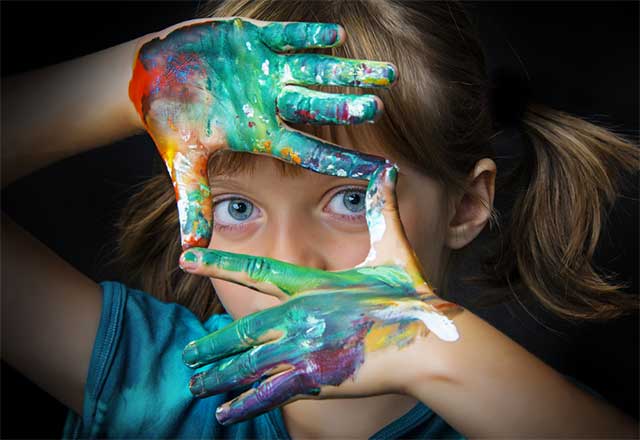I picked up Mary Griffith’s The Unschooling Handbook again today after many years. I always considered it a wonderful book for beginning unschoolers, and I wanted to give it another read-through.
Over the last several years, there have been countless attempts to define unschooling. Some say it must look like this or that; others say that each unschooling experience will look different. Almost everyone, however, has focused on the details rather than the broader picture. While reading through The Unschooling Handbook, I was struck by the section titled “Traits of an Unschooling Household.” She listed three:
- An environment conducive to exploration and experimentation
- Adults as models and facilitators
- Trust that the child will learn
That’s it. Simple. Succinct. By characterizing unschooling so broadly, Mary Griffith gets it exactly right. She understands that each unschooling family will look different from the next, but she recognizes the common threads they all share.
These three simple characteristics invite readers to interpret unschooling in their own ways – ways that work well for their families – fostering much-needed confidence about following such a (seemingly) revolutionary lifestyle. If these parents are then interested in learning about specific areas of unschooling – media utilization, taking classes, using textbooks, chores, etc. – their confidence in their own ability to unschool will allow them to explore different ideas (perhaps ideas that may seem radical at first) with the self-assurance necessary to adequately evaluate whether they are a good fit for their families.
Does unschooling require a definition beyond these three characteristics? Should we search for something more exhaustive and meticulous? No.
These three simple traits say it all.
